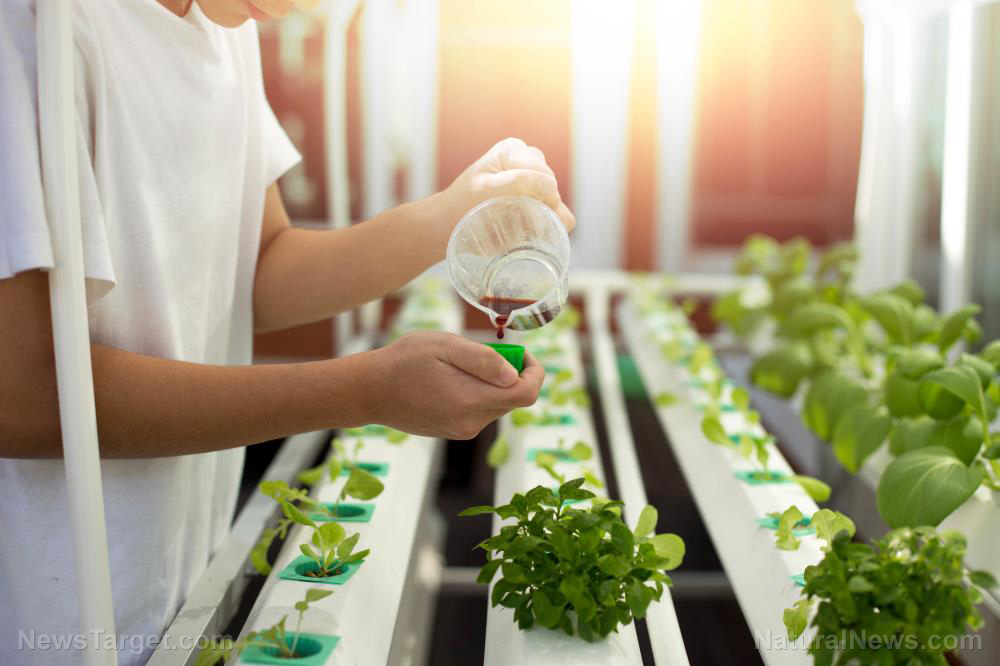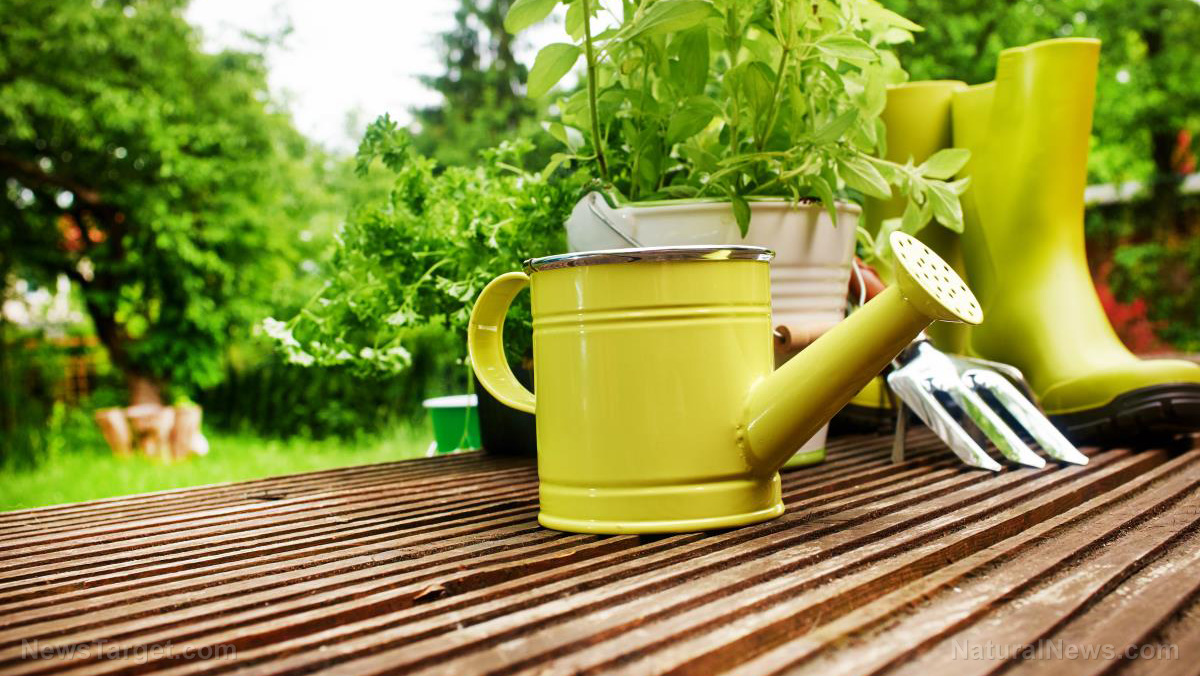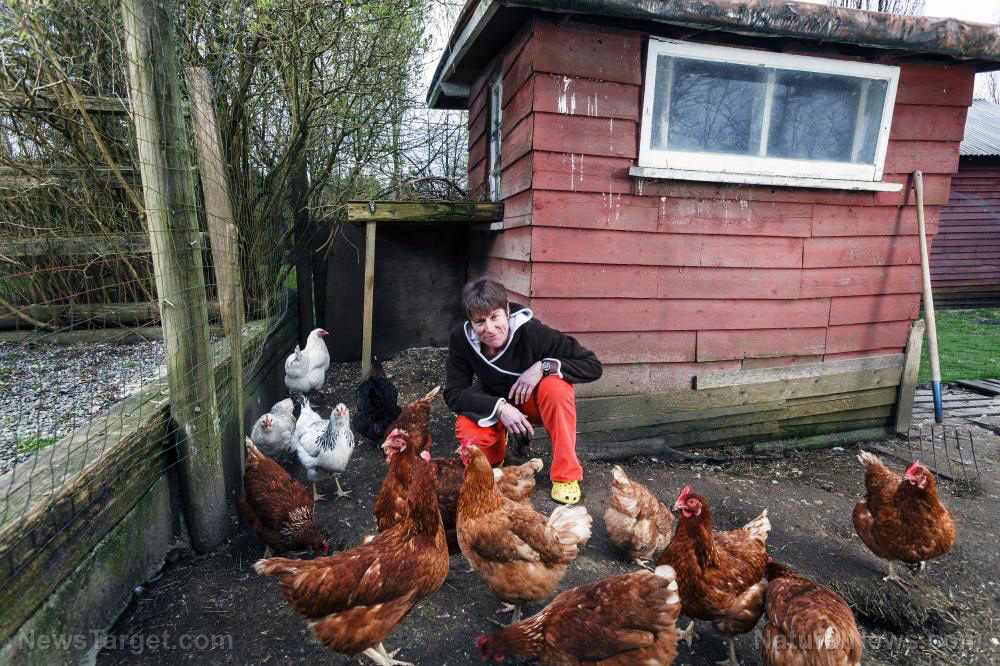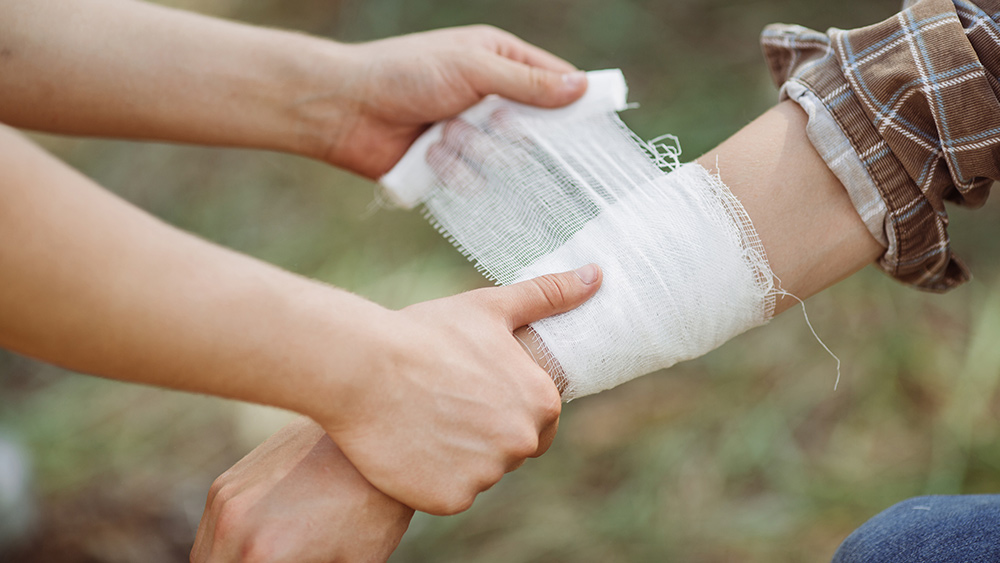SHTF tips: 3 Ways to store a lot of water for a long-term emergency
08/05/2022 / By Zoey Sky
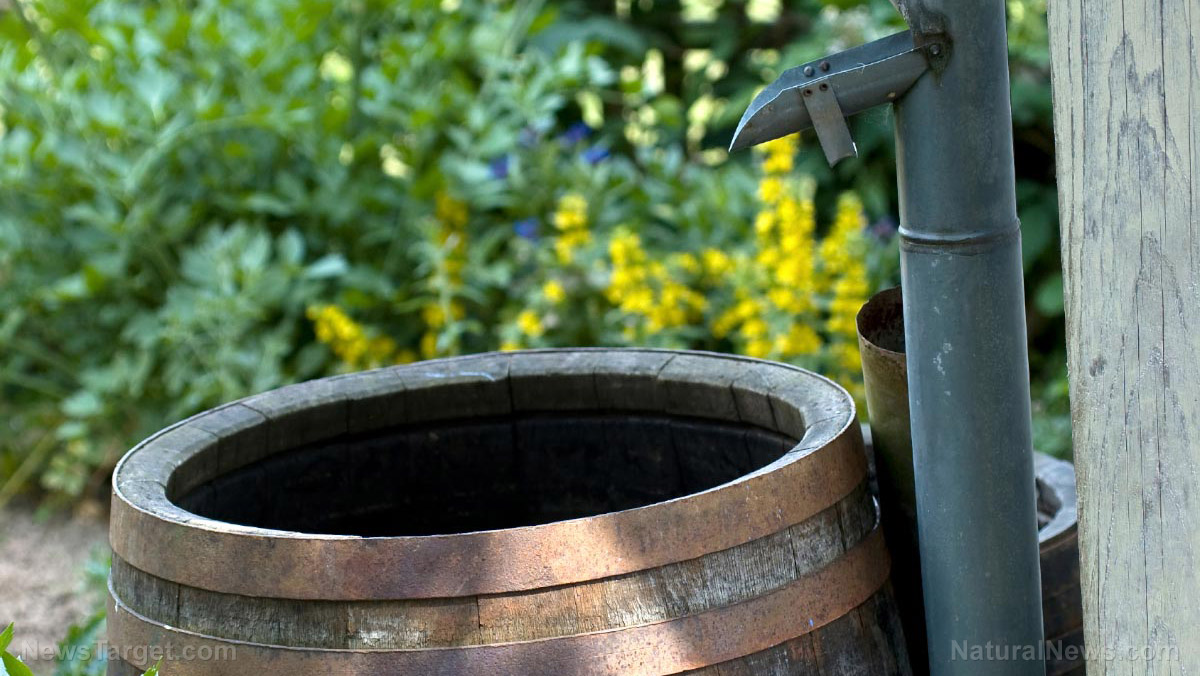
If you live in a spacious homestead, it’s easier to stock up on water for a long-term survival scenario with several water barrels.
But if you’re living in a smaller house or apartment, you may need other options like a bathtub water bladder. (h/t to TheOrganicPrepper.com)
How much water will you need when SHTF?
Many peppers often follow a common rule when storing water for a survival stockpile: You will need one gallon of water per person and pet per day when SHTF.
This is a decent basic guideline but there are also other variables to consider. For example, smaller pets aren’t going to require an entire gallon of water and larger livestock will need more than a gallon of water on hot days.
This amount also doesn’t take into consideration things like the climate, whether someone will be doing strenuous work on a farm or homestead, or if someone has certain health issues. The “one gallon per person” rule also doesn’t cover the water you will need for personal hygiene, sanitation or a home garden.
The best way to calculate how much water you will need when SHTF is to go without running water for a weekend. Once the trial period for monitoring water consumption starts, take note of how much water the whole family uses from your water stockpile. (Related: Prepper essentials: What to do if you run out of water when SHTF.)
3 Ways to store water for your survival stockpile
Here are three options to consider if you’re looking for a way to store water for your stockpile before SHTF.
Bathtub water bladders
A bathtub water bladder is a great option for preppers who live in an apartment.
Bathtub water bladders are BPA-free plastic bladders that attach to the faucet of your tub so you can fill it with water. You can check out products like an Aqua Pod (65 gallons) or a Water Bob (100 gallons).
Once the bladder is full, you can detach it from the faucet and put on the cap. This closed container keeps the water safe and free from contamination until you need to use it.
It’s best to monitor the news so you know when to fill the bathtub water bladder. This storage option is ideal if a storm is blowing up or some other type of crisis is approaching.
IBC totes
If you have the space and an area that can hold around 2,500 pounds of water, get a food-grade intermediate bulk container (IBC) tote.
An IBC tote is a large, 275-gallon plastic cube that comes in a metal cage for added support. They’re not cheap, but if you can look online or in garage sales for a reconditioned one if you want to save some money.
When empty, an IBC tote weighs around 150 pounds. A brand new IBC tote costs about $450.
When looking for an IBC tote, double-check that the product is food-grade if you’re getting one to store water for human consumption.
Other IBC totes are not made for potable water, but you can use them to store water for livestock or sanitation if a reconditioned IBC hasn’t held something toxic in the past. Keep in mind that many refurbished IBC totes in cages that are not food-grade have held things like fuel or antifreeze so don’t use these for any survival water purposes.
If you have an IBC tote in a cage, it’s best to keep them in a basement, a garage or a back patio. If you live someplace where the water might freeze, make sure you leave plenty of room for expansion.
Water barrels
If you don’t have a lot of extra space for water storage in your apartment, consider getting a 65-gallon food-safe barrel.
You can keep a water barrel on your patio. To keep your prep a secret, get a food-grade barrel in a color that blends in with the brick of your building.
If you have a water barrel, you can also get a second top for it with a screen that you can use for rainwater collection.
If you don’t have a hose, you can wash a larger barrel like this at a DIY car wash. Bring your own dish soap.
To fill the barrel, you can fill a three-gallon container in your kitchen and pour it out until the water barrel is full.
If you have a simple barrel, use a clean ladle to get water when you need it. Alternatively, you can get “upcycled” water barrels from online stores with spigots and water catchment conversion kits.
Another option is to buy rain barrels at a local hardware store. Make sure you buy a water barrel with a solid lid for proper storage.
Remember water weighs 8.3 pounds per gallon. That means a full 65-gallon barrel weighs almost 540 pounds, not including the weight of the barrel. Choose a place that can withstand the weight of the barrel.
Tips for removing and storing water
When SHTF, you need to keep your water stockpile clean so it doesn’t get contaminated.
Tips for removing water out of the container:
- Before scooping out the clean water, avoid touching the water itself or the inside of the container with your hands.
- Never scoop water with your hands.
- If you are using a scoop or ladle, use a clean one each time you remove safe water from the storage container. This ensures that the water in the container doesn’t get contaminated.
Tips for storing clean water in a container after cleaning and sanitizing:
- Label the container as “drinking water” and include the storage date.
- Rotate your supply and use it up regularly. Replace the stored water every six months.
- Keep the stored water in a place with a cool temperature of about 50 to 70 F.
- Keep water containers away from direct sunlight.
- Do not store water containers in areas where toxic substances like gasoline or pesticides are present.
Prepare before SHTF and store enough water for drinking and other tasks. If you don’t have a lot of storage space, get a water barrel.
If you have a spacious storage area, store water in a bathtub water bladder or an IBC tote with a cage.
Watch the video below for more water storage tips before SHTF.
This video is from the JD Rucker channel on Brighteon.com.
More related stories:
Prepping 101: How long will bottled water last in your stockpile?
Prepping 101: Emergency water storage for beginners.
Prepping 101: How to store water for emergency preparedness.
Sources include:
Submit a correction >>
Tagged Under:
clean water, homesteading, how-to, off grid, preparedness, prepper, prepping, Stockpile, survival, survivalist, tips, water shortage, water supply
This article may contain statements that reflect the opinion of the author
RECENT NEWS & ARTICLES
Homesteading.News is a fact-based public education website published by Homesteading News Features, LLC.
All content copyright © 2018 by Homesteading News Features, LLC.
Contact Us with Tips or Corrections
All trademarks, registered trademarks and servicemarks mentioned on this site are the property of their respective owners.

